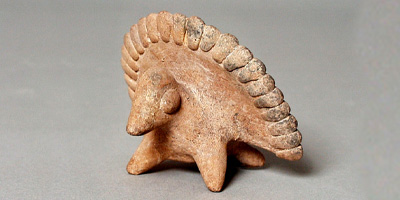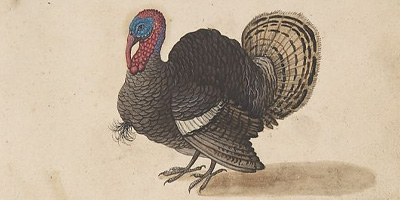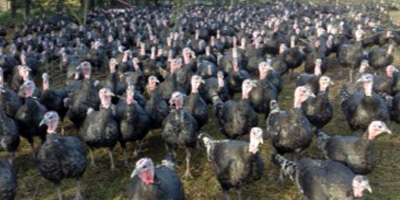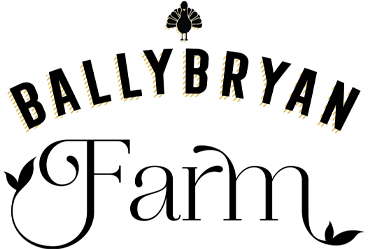 |
About

The Turkey is native to Mexico. Mesoamericans domesticated the species between 800 and 500 B.C. using its meat and eggs as major sources of protein and employing its feathers extensively for decorative purposes. The Aztecs associated the turkey with their trickster god Tezcatlipoca, perhaps because of its perceived humorous behavior.

Domestic turkeys were taken to Europe by the Spanish. The 16th-century English navigator William Strickland is generally credited with introducing the turkey into the UK and Ireland. Prior to the late 19th century, turkey was something of a luxury in the UK, with goose or beef a more common Christmas dinner

Young domestic turkeys readily fly short distances, perch and roost. These behaviours become less frequent as the birds mature. Young birds perform spontaneous, frivolous running which has all the appearance of play. Turkeys are highly social and become very distressed when isolated. A young turkey is called a poult.


